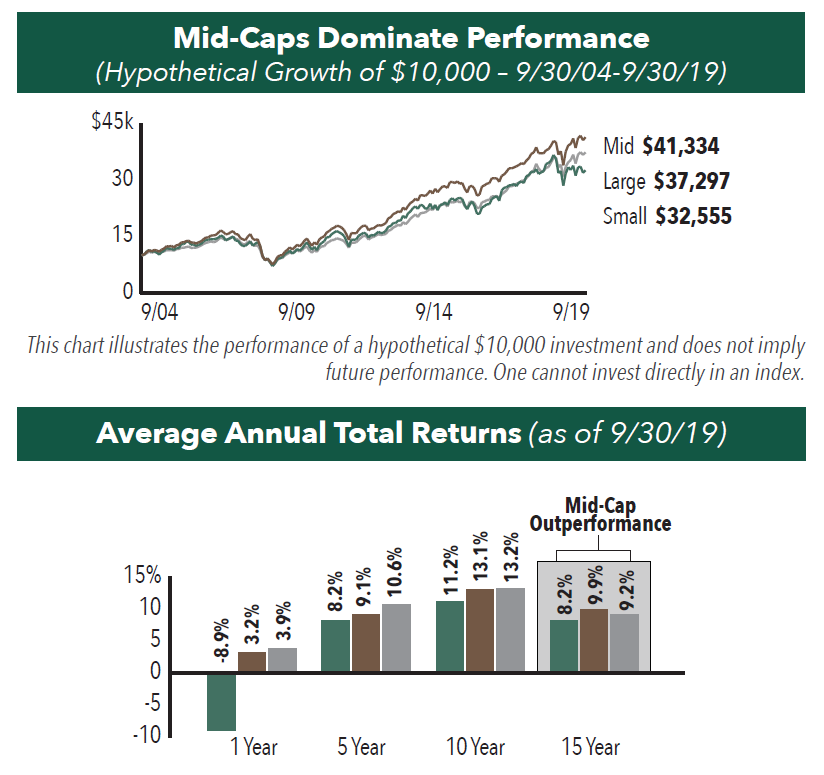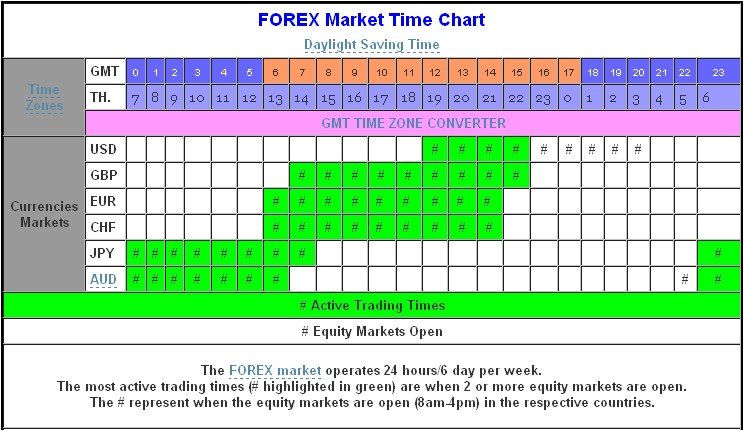Contents:


These account balances do not roll over into the next period after closing. The closing process reduces revenue, expense, and dividends account balances to zero so they are ready to receive data for the next accounting period. It is like resetting the balances of temporary accounts to zero to make it clean to be used in the next accounting period, meanwhile hitting the balance sheet accounts with their balances. It is also known as closing the books, and the frequency of closing can vary as per the size of a company.
Renowned journalist discusses Nixon, Trump during Bucksbaum Lecture – Times-Delphic
Renowned journalist discusses Nixon, Trump during Bucksbaum Lecture.
Posted: Thu, 13 Apr 2023 20:17:38 GMT [source]
In this example, the business will have made $10,000 in revenue over the accounting period. Within this time it will have also incurred expenses of $9,000. In this example, it is assumed that there is just one expense account.
Recording a Closing Entry
Each transaction (let’s say $100) is recorded by a debit entry of $100 in one account, and a credit entry of $100 in another account. If the error has not counterbalanced, an entry is necessary to adjusted beginning retained earnings and correct the current period. Close the Income Summary account by transferring its balance into the Owner equity account. Close the various Expense accounts by transferring its balances in to the Income Summary account. Close the various Revenue accounts by transferring their balances into the Income Summary account.
Below are examples of closing entries that zero the temporary accounts in the income statement and transfer the balances to the permanent retained earnings account. Notice that after the closing entries are posted, all revenue, expense and dividend accounts have a zero balance and are now ready to begin the next accounting period. This is the same figure found on the statement of change in equity and balance sheet prepared in the previous section.
What are Closing Entries in Accounting?
The sales returns and allowances account tracks the sales returns and allowances for an accounting period. The journal entries to record a return or allowance are to debit sales returns and allowances and to credit cash or accounts receivable. A company’s net sales amount is the difference between gross sales and sales returns and allowances and discounts.

That way, your next accounting period does not have a balance in your revenue or expense account from the previous period. If dividends were not declared, closing entries would cease at this point. If dividends are declared, to get a zero balance in the Dividends account, the entry will show a credit to Dividends and a debit to Retained Earnings. As you will learn inCorporation Accounting, there are three components to the declaration and payment of dividends.
What Is Wrong if a Company Doesn’t Complete the Closing Entries?
In this part, we’ll take you through a comprehensive guide on closing entries. In this segment, we complete the final steps of the accounting cycle, the closing process. You will notice that we do not cover step 10, reversing entries.
The month-end close is when a business collects financial accounting information. DebitCreditCash10,000Accounts Receivable25,000Interest Receivable600Supplies1,500Prepaid Insurance2,200Trucks40,000Accum. A Debit BalanceIn a General Ledger, when the total credit entries are less than the total number of debit entries, it refers to a debit balance. A debit balance is a net amount often calculated as debit minus credit in the General Ledger after recording every transaction. Expense AccountExpense accounting is the accounting of business costs incurred to generate revenue. Accounting is done against the vouchers created at the time the expenses are incurred.
- The dividend account is a temporary account where monies to be paid to the stockholders are accounted for.
- The first entry closes revenue accounts to the retained earnings account.
- So after we’ve adjusted our books, made our adjusted trial balance, created our financial statements.
Since the income summary account is only a transitional account, it is also acceptable to close directly to the retained earnings account and bypass the income summary account entirely. The $10,000 of revenue generated through the accounting period will be shifted to the income summary account. Remember that all revenue, sales, income, and gain accounts are closed in this entry. All of Paul’s revenue or income accounts are debited and credited to the income summary account. This resets the income accounts to zero and prepares them for the next year.
Relax—run payroll in just 3 easy steps!
In this case, if you paid out a dividend, the balance would be moved to retained earnings from the dividends account. Once this has been completed, a post-closing trial balance will be reviewed to ensure accuracy. On the statement of retained earnings, we reported the ending balance of retained earnings to be $15,190. We need to do the closing entries to make them match and zero out the temporary accounts. All these examples of closing entries in journals have been debited in the expense account. At the end of the accounting year 2018, the expense account needs to be credited to clear its balances, and the Income summary account should be debited.

And this is after the financial statements have been created. Temporary accounts are accounts related to a certain time period. Okay, so they’re temporary because they’re only related to that time period. And those are generally going to be our income statement accounts for the most part. I’m gonna say income statement and dividends because that is the other one. So we’ve got our revenues are expenses and dividends are are the temporary accounts.
Closing the Dividends account—transferring the debit balance of the Dividends account to the Retained Earnings account. So that, for example, revenues and expenses for ABC Ltd. for the accounting year 2018 should be isolated and not be mixed with revenues and expenses of the year 2019. Financial StatementsFinancial statements are written reports prepared by a company’s management to present the company’s financial affairs over a given period . Accruals are revenues earned or expenses incurred which impact a company’s net income, although cash has not yet exchanged hands. Users can view transactions in general ledger format and perform closing entries if necessary. It also helps us to ascertain the net income of the present accounting period.
double entry accounting entries are journal entries made at the end of the accounting cycle to move temporary account balances into permanent accounts. Closing entries zero out temporary accounts, preparing them to be used for the next accounting period. The closing process in accounting prepares accounting books for a new fiscal period by resetting income statement account balances to zero. This is done through a four-step process often known by the acronym REID . Closing entries are an integral part of the accounting cycle.

Thus, if the normal balance is a debit, then a credit will be taken, if the normal balance is a credit, then a debit will be taken. The income summary account is a special account created to facilitate the closing process and to leave an audit trail. Because the income summary account is an optional step in the closing process, some firms choose to skip it and close all accounts out to retained earnings.
- They carry balances forward from previous accounting periods and do not zero out.
- As well as being consistently up-to-date on the financial health of your business.
- After financial statements are prepared, businesses conduct the closing process.
- This is done as part of the annual financial closing process.
- The method of first moving the balances to an income summary account and then shifting the balances to the retained earnings account will be more time consuming for the company.
Closing entries are journal entries used to empty temporary accounts at the end of a reporting period and transfer their balances into permanent accounts. Temporary accounts are used to accumulate income statement activity during an accounting period. The use of closing entries resets the temporary accounts to begin accumulating new transactions in the next period. Otherwise, the balances in these accounts would be incorrectly included in the totals for the following reporting period. The objective of closing entries is to transfer temporary account balances to a permanent account on the balance sheet. This resets temporary accounts for a new fiscal period, allowing them once again to serve as the repository of information for the following accounting period.
This is because the https://1investing.in/s of these accounts are transferred to the owner’s equity section of the balance sheet. In addition, if the accounting system uses subledgers, it must close out each subledger for the month prior to closing the general ledger for the entire company. If the subsidiaries also use their own subledgers, then their subledgers must be closed out before the results of the subsidiaries can be transferred to the books of the parent company.